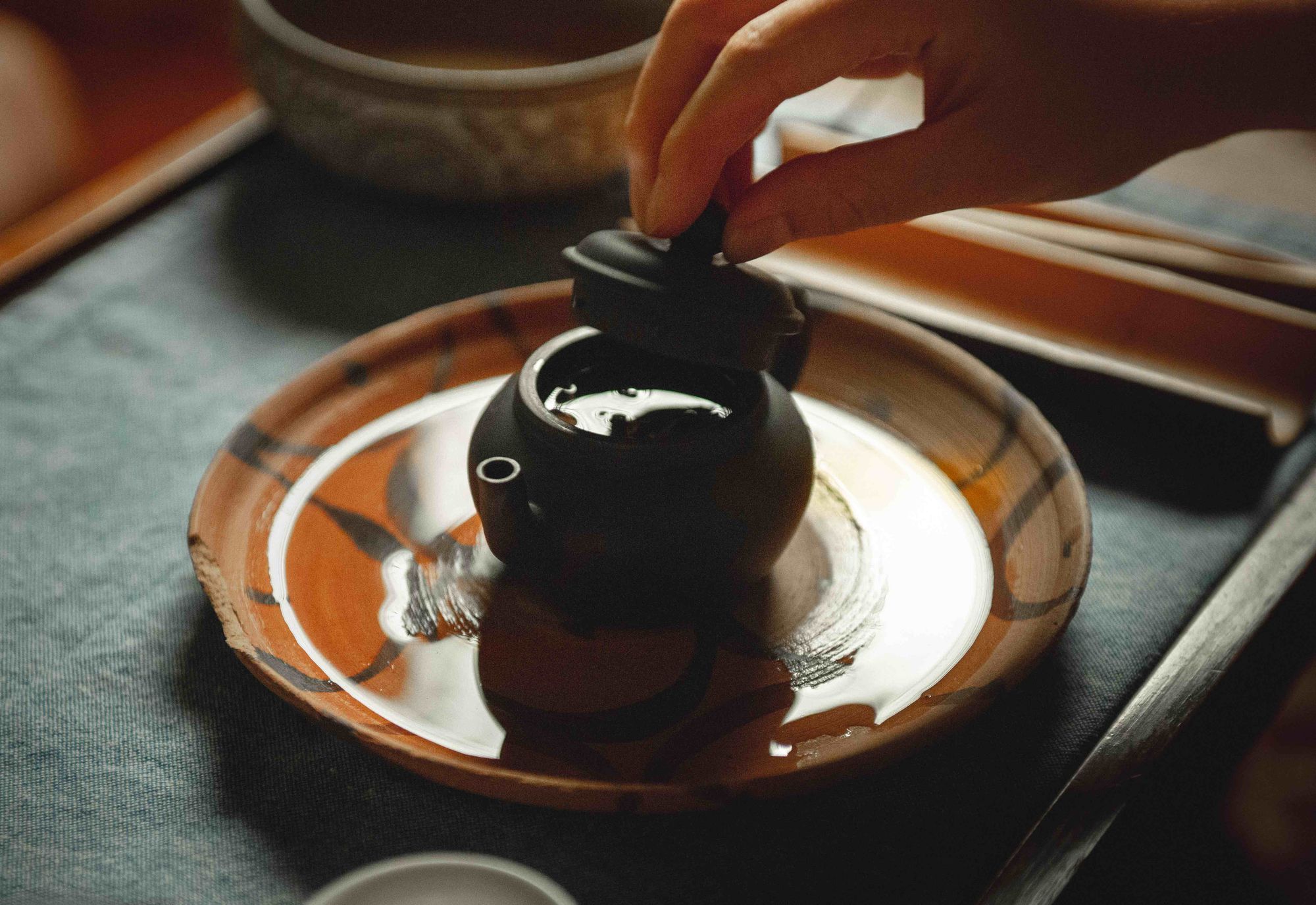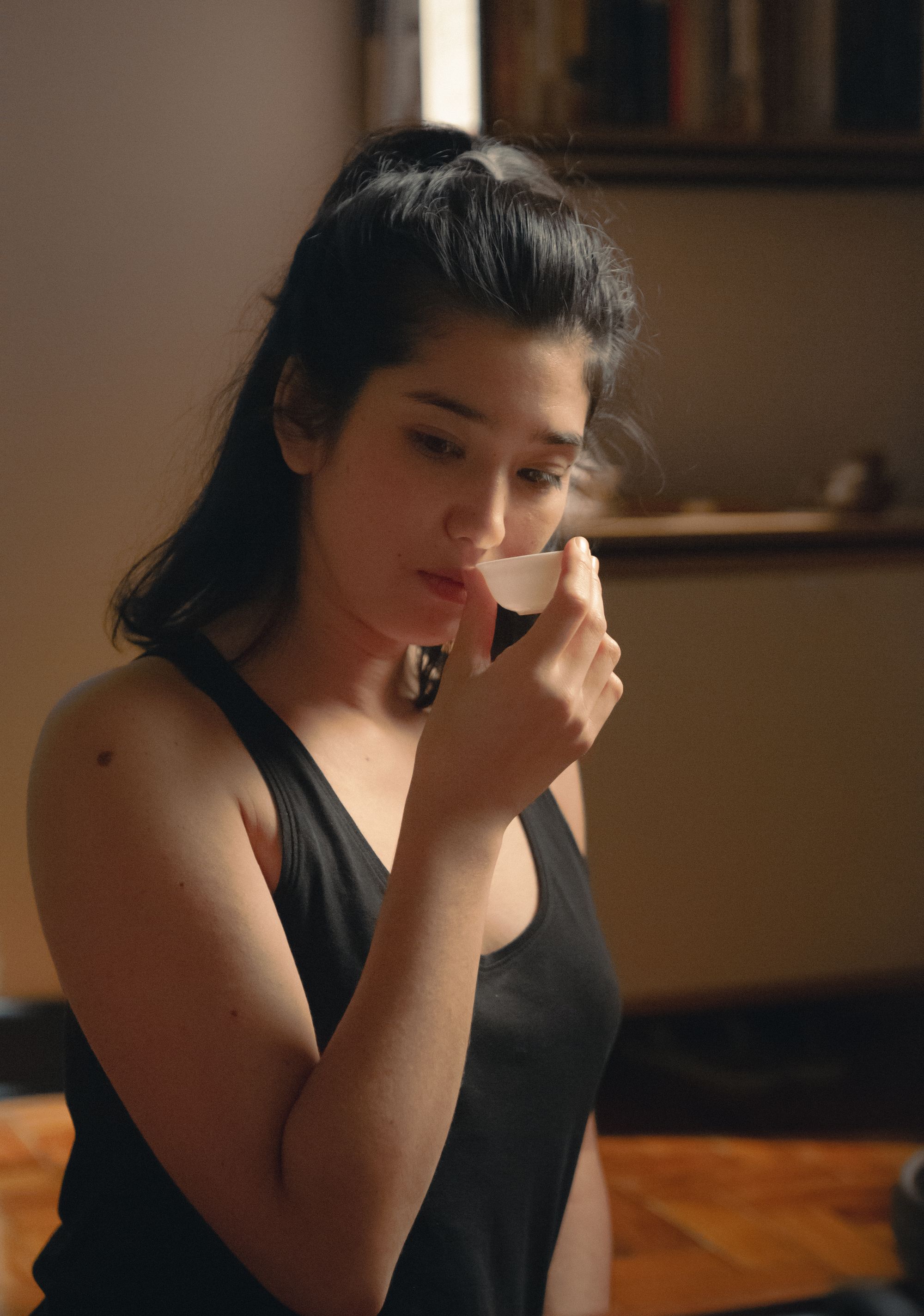On Aged Oolong Tea

Aged tea is hard to find, and a good aged tea is a real treasure. A good proportion of our tea inventory is dedicated to old teas, especially old oolong teas. These are some of our very favorite teas; you can think of them as a portion of our personal collection that we've opened up to sharing with the wider tea community. Here's a little bit more about them.
Q: What exactly is an aged oolong tea?
A: It is an oolong tea that is picked and processed to completion, then aged in its dry leaf form (not a liquid, like wine). Sometimes, over the course of its aging, it may be roasted or re-roasted to remove excess moisture and "keep alive." Depending on who you ask, some will call oolong teas "aged" after just a few years, while others adopt a higher cut-off. For our current inventory, we are drawing the line at 10 years.
Q: Can any oolong tea be aged?
A: No. Just like with wine, most are meant to be drunk fresh and do not age well. It takes a particular combination of quality raw material, master craftsmanship, and maintenance over the years to create a well-aged tea.
Q: Is the older the better?
A: Not necessarily. Different teas "peak" at different ages. Sometimes, the fresh version is the best version of an oolong tea. But when a tea is able to age well over a long time, its transformation is truly something special to experience. It is more of a feeling than a taste.

Q: What should old oolong tea taste like? How do I know it's real?
A: Good question! While there is a still a spectrum of flavors that aged tea can take on, it is a little narrower than the flavor spectrum of fresh oolongs. In other words, some convergence happens in all teas over time. The flavor transformation can also depend on the climate and other scents in the immediate environment where the tea is stored.
In general, lighter oolongs will become plummier; darker oolongs will become chocolate-y with an herbal medicine note. There should NOT, however, be any damp or foul notes; these can be signs of improperly stored tea, fake aged tea, or artificially expedited aging.
On your next purchase of any of our old oolongs, if you mention that you read this article in the order comments, we will include a sample of a fake 1960s oolong that you can try alongside our genuine aged oolongs (as long as supplies last). Ultimately, the only way to discern good, real aged tea from bad/fake aged tea is to cultivate your own taste and intuition.
Check out our collection of aged oolongs, or get in touch with us for a private tasting of these rare and special teas!
